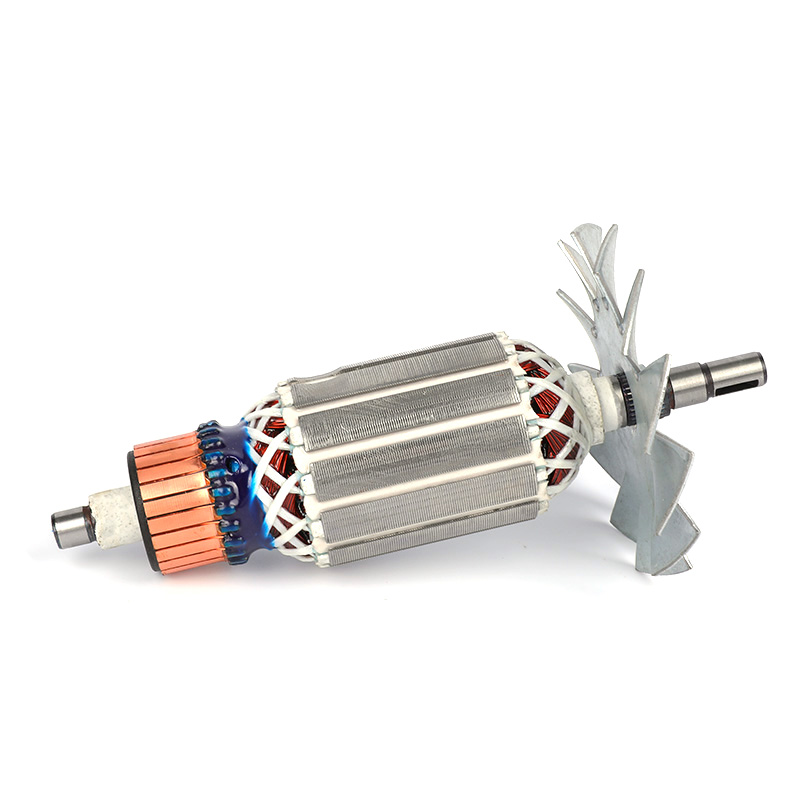- Home
- Products
- About Us
- Application
- News
- Contact Us
Web Menu
- Home
- Products
- About Us
- Application
- News
- Contact Us
Product Search
Exit Menu
Why Is the Stator Important in Power Tool Performance?
When it comes to the operation of electric power tools, many users focus on visible features like ergonomic design, battery life, or cutting strength. However, the internal components play a crucial role in determining how efficiently and reliably a tool operates. Among these components, the stator for power tools stands out as one of the key elements influencing performance, energy use, and durability.
The stator is the stationary part of an electric motor. It typically consists of a core made of laminated steel sheets and copper windings that are energized to create a magnetic field. When current flows through the stator windings, it generates a magnetic field that interacts with the rotor, the moving part of the motor, to create motion. This interaction is the foundation of how electric motors function in drills, grinders, saws, and other power tools.
One of the main reasons the stator for power tools is essential is that it directly affects the tool’s torque and speed. A well-designed stator produces a consistent magnetic field, allowing for smooth operation under varying loads. If the magnetic field fluctuates due to poor-quality materials or design, it can result in inconsistent performance or overheating. Therefore, the quality and construction of the stator are crucial to the tool’s efficiency and reliability.

Another significant factor is the stator's role in energy efficiency. Power tools equipped with a high-efficiency stator can convert more electrical energy into mechanical energy with less heat loss. This means that the tool can perform the same tasks while consuming less power and generating less heat, which in turn reduces the wear and tear on internal components. Over time, this can lead to lower maintenance costs and longer tool life.
The stator for power tools influences noise and vibration levels. A properly balanced stator ensures that the rotor rotates smoothly. Reduced vibration not only makes the tool more comfortable to use but also reduces the risk of damage to internal components. This is particularly important in tools used for extended periods or for precision tasks, where even small inconsistencies can affect results.
In brushless power tools, the stator takes on an even more significant role. Since brushless motors do not rely on brushes to transfer electrical energy to the rotor, the stator is responsible for electronically controlling the motor's operation. This allows for more precise control over speed and torque, and it increases the overall efficiency and lifespan of the tool.
Proper maintenance and correct use of power tools also depend on understanding internal components like the stator. For example, if a tool starts overheating or experiencing performance issues, a worn or damaged stator could be the cause. Replacing or repairing the stator can restore the tool to normal working condition without the need to replace the entire unit.
The stator for power tools is more than just a passive part—it plays an active and essential role in determining how well the tool functions. From performance and energy efficiency to durability and precision, the stator’s condition and design impact nearly every aspect of a power tool’s operation. When choosing or maintaining power tools, it is worthwhile to consider the quality of the stator to ensure consistent and reliable performance over time.
-
Add: 1st Floor, No. 2, Huanan Road, Zhengcun, Economic Development Zone, Yongkang City, Zhejiang Province, China
-
Tel: +86-0579-87133113
-
E-mail: [email protected]

 English
English русский
русский Español
Español